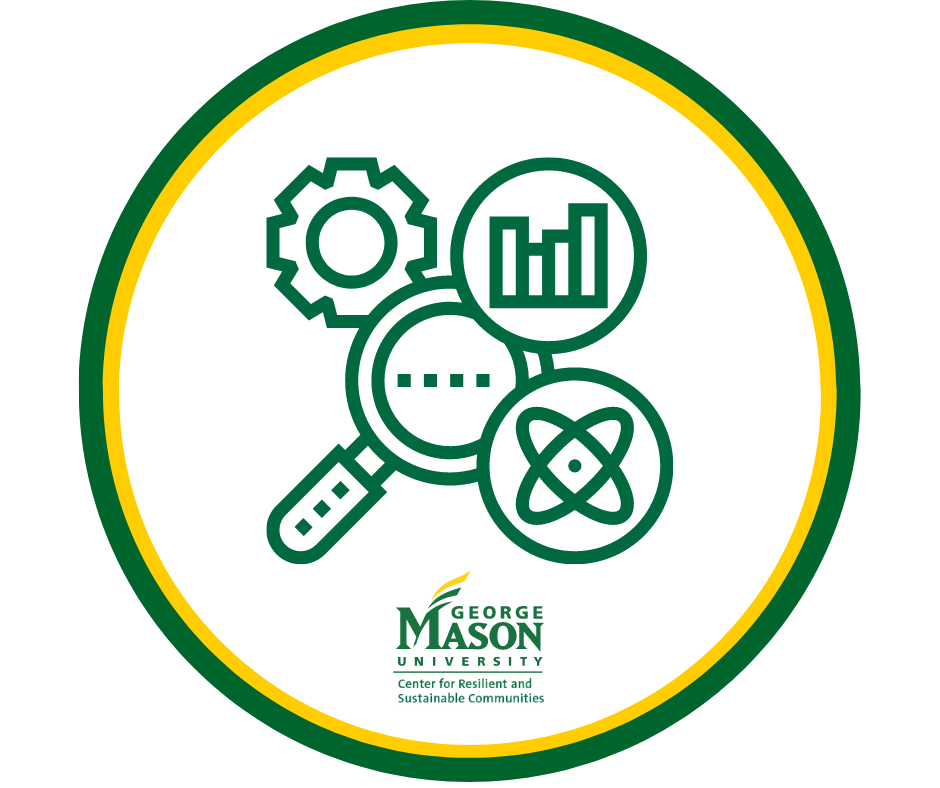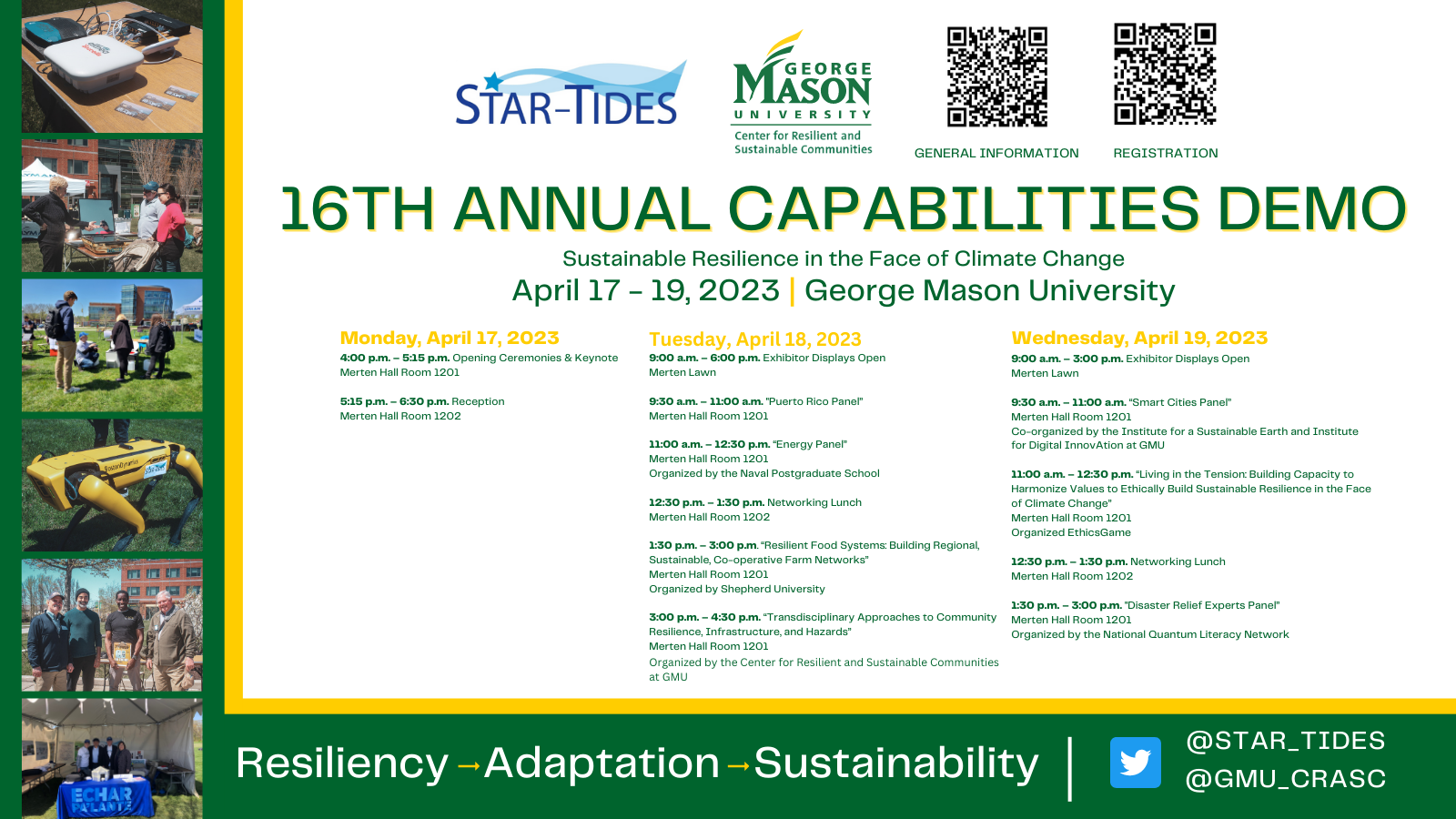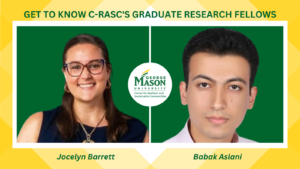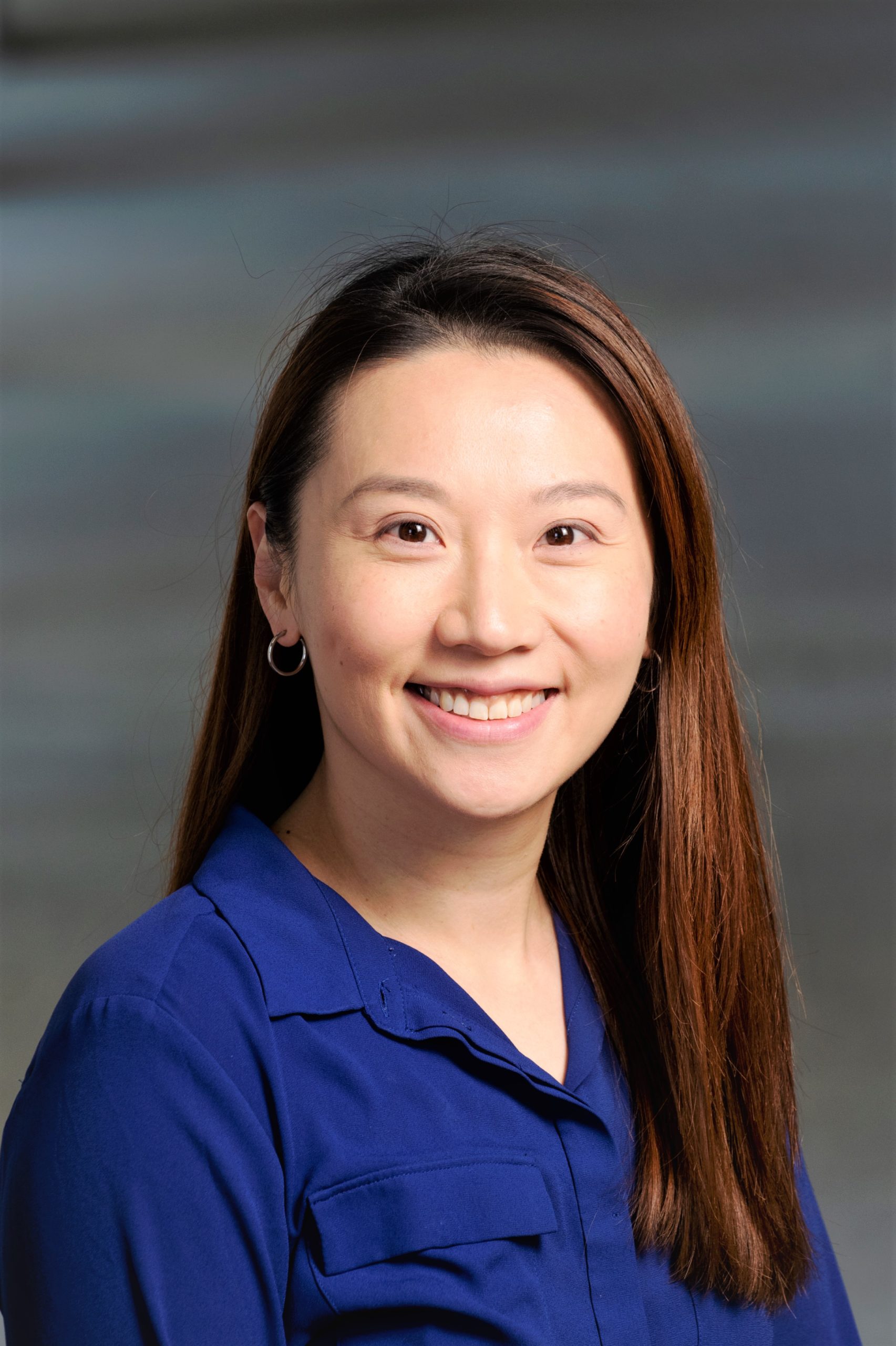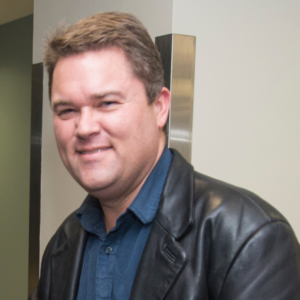Summer 2023 GRF Seminar Recap
Wei Dai: Offline Simulation Online Learning in Decision Support Analytic
The work is a continuation of the previous multi-fidelity framework, designed to enhance the efficiency of selecting the best design from a vast array of alternative decisions. This proposed framework is particularly relevant in scenarios where performance estimation relies on costly and time-consuming high-fidelity simulations. The integration of low-cost, cheaper low-fidelity information can efficiently aid in optimization.
The greatest novelty of the proposed algorithm, ‘Offline Simulation Online Learning (OSOL),’ lies in its online update feature. By utilizing partial data or information at hand, we gradually learn from the data, leading to more efficient and accurate decision-making processes, especially in complex designs. We have theoretically demonstrated that this update is expected to achieve the same effects as the previous framework. Meanwhile, by training low-fidelity models offline and updating high-fidelity models online, the computational intensity typically associated with high-fidelity simulations can be significantly mitigated. Another advantage of the proposed algorithm is that its online component allows for a more flexible and dynamic response to changing data. This timely update capability is crucial in rapidly changing environments or where continual improvement or monitoring of the model is necessary.
The proposed algorithm has broad applications in fields where simulation plays a critical role in system design and optimization. Currently, the proposed algorithm performs well in several test cases we have experimented with.
Mohammadreza Torkjazi : A Resilience-Based Data-Driven Methodology For Analyzing System Of Autonomous Systems
Artificial Intelligence and Machine Learning (AI/ML) are equipping constituent systems in System of Systems (SoS) with real-time learning and autonomous decision-making capabilities where the resulting system becomes a System of Autonomous Systems (SoAS). There are major Systems Engineering challenges for realization of SoAS, including evaluating the architecture and making decisions on the suitable Level of Autonomy (LoA) for each constituent system and understanding the SoAS-level emergent behaviors resulting from various LoAs and their interactions at the system level. In this project, Mr. Torkjazi and Dr. Raz leverage innovative methods such as ML and Bayesian Networks (BN) and propose a data-driven methodology based on the resilience concept to:
- Identify the critical systems that are necessary to achieve the desired SoAS performance metrics ,
- Find the upper and lower limits of the performance measures of critical systems , and
- Visualize the causal relationships between critical performance metrics that are important for examining various scenarios in SoAS evaluation.
In conclusion, the level of autonomy in constituent systems is increasing because of AI/ML resulting in SoAS. There is a need to evaluate SoAS architecture and make decision on LoAs and understand the SoAS-level emergent behaviors in order to prevent them. This project proposed a data-driven methodology that leverages ML and BN to provide visualized analysis of SoAS while considering interactions between constituent systems.
Jocelyn Barrett: Enhancing Emergency Communications Resiliency: Effectiveness Through AI
The project is focused on three locations: George Mason University, Fairfax Country, Virginia, and Puerto Rico. At George Mason University, this included preparing to execute Representative Connolly’s earmark for Enhancing Emergency Communications . In Fairfax County, this included collaboration with Fairfax County first responders to understand their perceptions and needs for AI, introduction of Particip.ai programs, and in Puerto Rico , this included the development of an operational community connectivity hub (CCH) and aims to enhance Internet resiliency through identifying power-comms interactions. Pulling from the discussion with Fairfax Emergency Responders, six critical areas were pinpointed for AI involvement that could bolster effectiveness both within their department and in the community. This included, digital inclusion, education, data management and analytics, management and optimization, multilingualism, and community engagement. In turn, the potential benefits were identified: improved 9-1-1 call handling, integrating real-time public feedback and improving cyber resiliency.
In conclusion, initial scoping, prototyping, testing and installation , training, maintenance and capacity building resulted in the ability to develop transferable and transportable project capacity.
Ahmad Alghamdi: A Model-Based Systems Engineering Framework For Resilience Architecture in Complex Adaptive Systems
The interoperability and complexity of today’s system make it more vulnerable to disruption. This study shows how systems architecture can withstand disruption and maintain an acceptable service level. Then a framework for system resilience according to defined attributes based on architecture design patterns is defined. This thesis examines the role of systems architecture in evaluating system resilience in complex adaptive systems and the approach uses Model-Based Systems Engineering (MBSE) to create system architecture and execute the model to ensure capturing emerging behavior in complex adaptive systems. The project examines the role of systems architecture in evaluating system resilience in complex adaptive systems, while the approach uses Model-Based Systems Engineering (MBSE) to create system architecture and execute the model to ensure capturing emerging behavior in complex adaptive systems. In turn, this will aid in creating a framework for evaluating resilience. The research will begin by creating a use case to examine the behavior aspect. As we cannot ignore the dynamic behavior of ACS.
Nischal Newar: Designing a Resilient Infrastructure Learning Game to Evaluate Maintenance Decisions
Given the fact that Critical Infrastructure systems (water, transportation, power) are vital for society , the challenges Rising natural disasters and cyber attacks are increasingly worrisome. In turn, this project aims to enhance decision-making through simulation-based educational games and improve human decision-making as players process new data over time. In essence, the goal is to design a learning game to collect data, evaluate humans’ decisions on restoration/maintenance strategies, and compare these strategies to optimal solutions .
In conclusion, the Effective Educational Approach: Game-based learning is impactful for students and decision makers, offering interactive and effective learning experiences. This includes:
- Interconnected Infrastructures: The study highlights the importance of understanding interdependencies between infrastructure systems.
- Resilience Insights: The study’s aim was to uncover the effects of restoration decisions on network resilience.
- Awareness Enhancement: Feedback from focus group indicates the success of raising awareness about network resilience evolution post disruptions.
- Comprehensive Role Play: Participants embraced dual roles as water and road managers, improving their grasp of component interplay.
- Future Research: Building on the gained insights, the study progresses to a new phase – the Evacuation/Emergency Planning game.
Wanru Li: Modeling Optimal Drilling Location (Modl) Project Briefing
In Ethiopia, small farmers comprise 95% of all farmers, which includes about 80% of the population. If needed, Ethiopian farmers could take micro-loans to construct wells for irrigation. It is important to note that affordable borehole depth are less than 30 meters. In this study, the research questions include:
- What are the groundwater table depths and how can we predict them across the entire study area using limited data?
- How can we quantify groundwater potential within the study area?
- What factors can impact the groundwater recharge in the study area?
- What methods can be employed to determine the most suitable locations for drilling?
The overall objectives include supporting better decision making for where to drill shallow boreholes for sustainable irrigation (<30 meters), by subsistence small farmers and to help save time and money, by increasing the rate of successful boreholes drilled. Using publicly available data from NASA, including surface runoff, subsurface runoff, and precipitation, the results estimated the groundwater recharge using surface and subsurface runoff in Rift Valley, Ethiopia.

